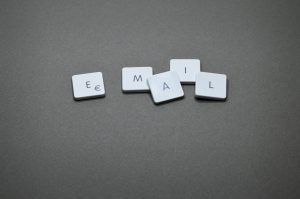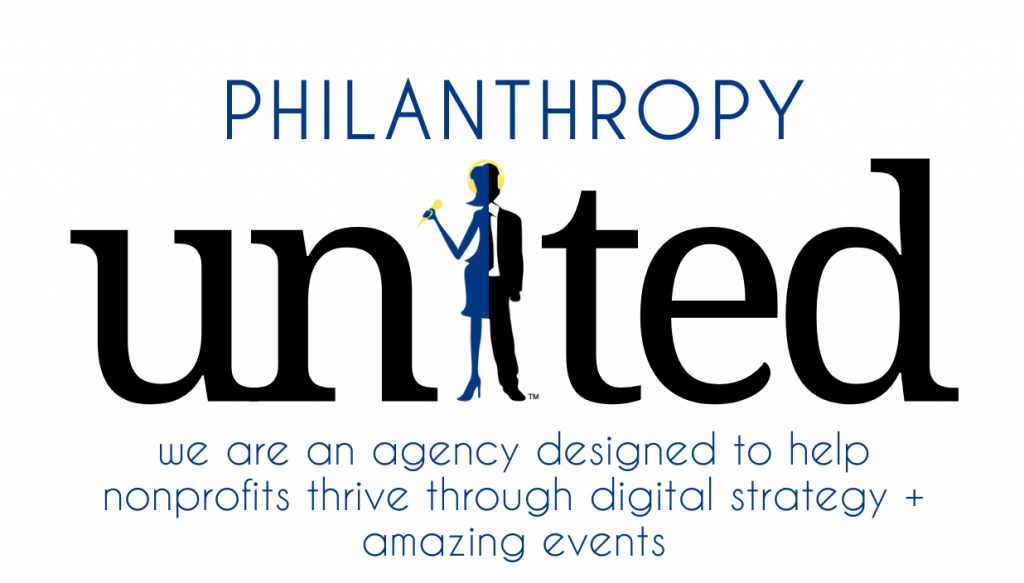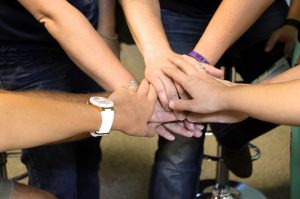Leila Adnani began her fundraising career in politics in Washington, D.C. in 2012 at the age of 24. Her firm grew quickly, garnering features in The Washington Post, CBS, US News & World Report, PBS, & NPR. In 2018, she relocated her firm to Scottsdale, Arizona with a new intention: changing the world by optimizing nonprofit fundraising. She spent two years as an executive director of a prominent MLB nonprofit, has worked with hundreds of organizations, and runs The Philanthropy United Podcast which shares nonprofit impact stories from organizations around the world. She works with clientele nationwide and loves making a positive impact on the world.
You’ve spent months planning, spent thousands of dollars to execute your event, and now you’ve crossed the finish line. You had a successful event, and now it’s over. All the hard work is finished, however, the work is not actually complete. Now is the most important time to:
- Raise even more money
- Showcase appreciation for what you’ve accomplished as a community
- Remind donors of the impact that funds raised at your event will have.
What is this one thing that seems to be forgotten by nearly all nonprofits? This answer may surprise you because it’s pretty simple…
SAYING THANK YOU.
We are all human; but, we know how good it feels to be thanked for our time, attention, and donation. Over 90% of nonprofits we’ve worked with had no post-event thank you strategy in place. This is why we created one that is super simple to customize, plug, and play.
When you take a moment to think about the process for planning an event, you think of all the PRE-MARKETING needed to get people in the seats. Now that the event is over, those who showed up deserve to be thanked. Those that donated want to know if the fundraising goal was achieved. Donors want to see the photos that were taken – most likely they were in one and want the professional photo to showcase on social media.
Thank You Email Template
Our template is a series of three emails which are strategically scheduled based on data to be effective at raising MORE money after your event is over. It is another opportunity to give sponsors even more kudos than you promised them (over delivering is always a good thing), and showing donors just how much you appreciate them.
The first email is brief and is sent the morning after your event. It announces the success of the event and explains that you can still be a part of this success for another 24-48 hours via the event portal link. This is a simple reminder to those who attended and didn’t make a donation on site, that the opportunity is still available. People love being attached to successful endeavors. This is the time to mention you are still a few thousand dollars away from the fundraising goal. You’ll be surprised when donors who attended feel compelled to give more and those who weren’t in attendance get involved.
The second email is sent after your event donation portal has officially closed, typically 24-48 hours after the event. This email recaps the total amount raised, gives your sponsors a final thank you/shoutout, and of course, thanks your donors for such a successful event. If a raffle item was included at the event, announce the raffle winners in the email. Finally, include what the impact will be from the funds raised at the event.
The final email is sent once you’ve received your post-event content (photos + recap video). This is the perfect time to promote your next large event and keep the positive momentum flowing. It’s also a great opportunity to sell a super early bird ticket offer.
This sequence is not only efficient and effective but it ensures your donors feel your gratitude.
How to Craft a Personalized Thank You
A few tips when crafting your personalized thank you sequence:
1. Call them by their first name. A personal emails is much more powerful and effective than one that says “Hi Friend.” The goal is to make the donor feel special, recognized, and appreciated.
2. Send the email from a real person and not your organization’s name. Ideally we recommend the email comes from the Executive Director. The ED is typically the person building the donor relationships of the organization, and it helps tighten the bond between donor and charity.
3. Tell the donor over and over again how grateful you are for their generosity and commitment to your mission. Donors CHOOSE the organization that means something to them or that they have a personal connection to. If you don’t create a relationship, they will donate the same amount of funds to another organization who will make them feel seen and valued.
Data shows that donors who feel they have a communal relationship with with your organization tend to give more.
Here’s why:
- Donors have a desire to know that they are good people who want to do good things.
- They want to have the power to make decisions to do good.
- They want to feel connected and aligned with the values of something bigger.
- They want to know HOW their funds are being used to further the mission.
- They want a variety of ways to get involved: monetarily, volunteer, become board members, donate items/gift cards if applicable.
- Your thank you email sequence is just one part of the equation when delivering satisfaction, trust, and commitment to your donors.
About Philanthropy United
We value relationships and are proud to connect nonprofits to our partner network and hope this helps increase your nonprofit’s effectiveness and success. We proudly partner with Philanthropy United, an agency designed to help nonprofits thrive through digital strategy + amazing events.








